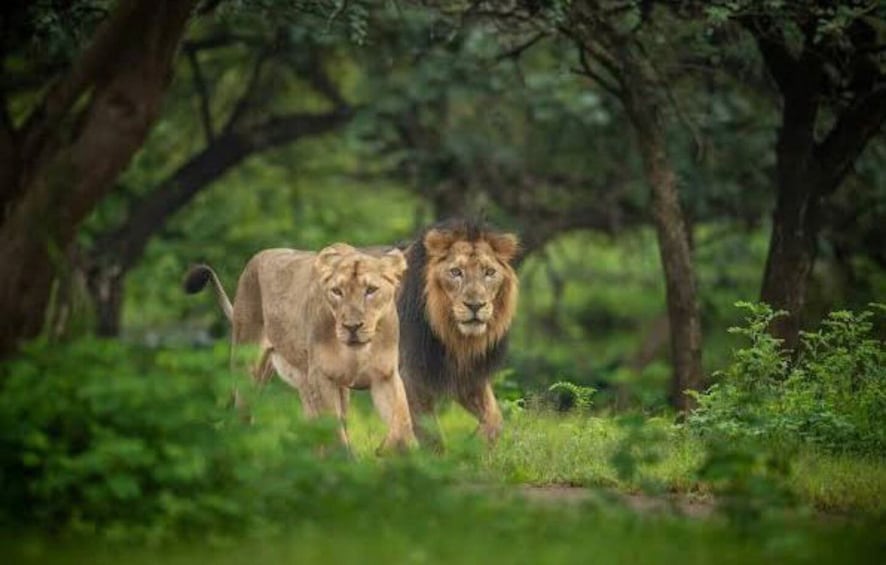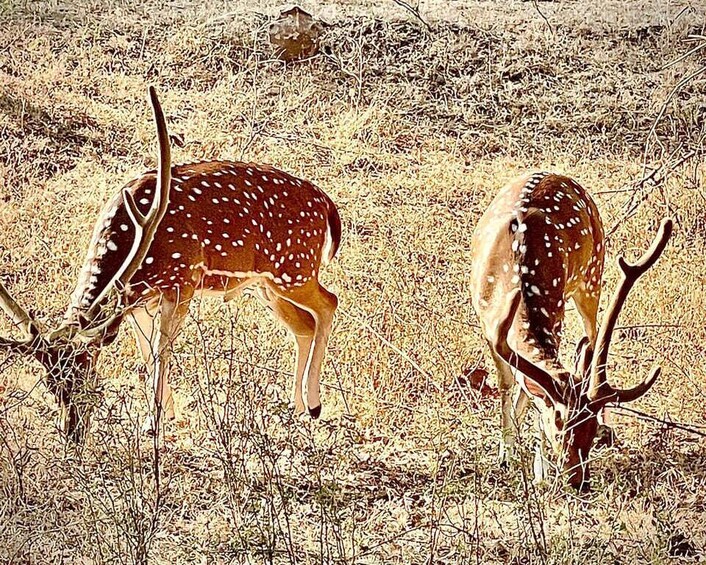Gir National Park, also known as Sasan Gir, is a wildlife sanctuary located in the state of Gujarat, India. It is renowned for being the only natural habitat of the majestic Asiatic lions. The park was established in 1965 to protect the endangered Asiatic lions from extinction and has since played a crucial role in their conservation.
Key features of Gir National Park:
Asiatic Lions: Gir National Park is home to the Asiatic lions, which are a distinct subspecies of lions found only in this region. It is estimated that around 500 lions inhabit the park, making it the most important sanctuary for their conservation.
Flora and Fauna: The park covers an area of approximately 1,412 square kilometers (545 square miles) and consists of a diverse ecosystem. Apart from lions, the park is home to several other wildlife species, including leopards, Indian spotted deer (chital), sambar deer, nilgai (blue bull), four-horned antelope, and more than 300 species of birds.
Conservation Efforts: Gir National Park has played a vital role in the conservation of the Asiatic lions. Initially, the lion population was critically endangered, with only around 20 lions surviving in the early 20th century. Through focused conservation efforts, including strict protection, habitat management, and community participation, the lion population has recovered significantly.
Safari Experience: The park offers safari tours for visitors to explore its wildlife and natural beauty. Jeep safaris are the most common way to explore the park, accompanied by experienced guides and forest officials who provide information about the flora, fauna, and conservation efforts. The safaris offer a chance to spot lions and other wildlife in their natural habitat.
Other Attractions: Apart from the wildlife, Gir National Park also has attractions like the Kamleshwar Dam, which serves as a water source for the park's inhabitants, and the crocodile breeding farm at Sasan Gir.




